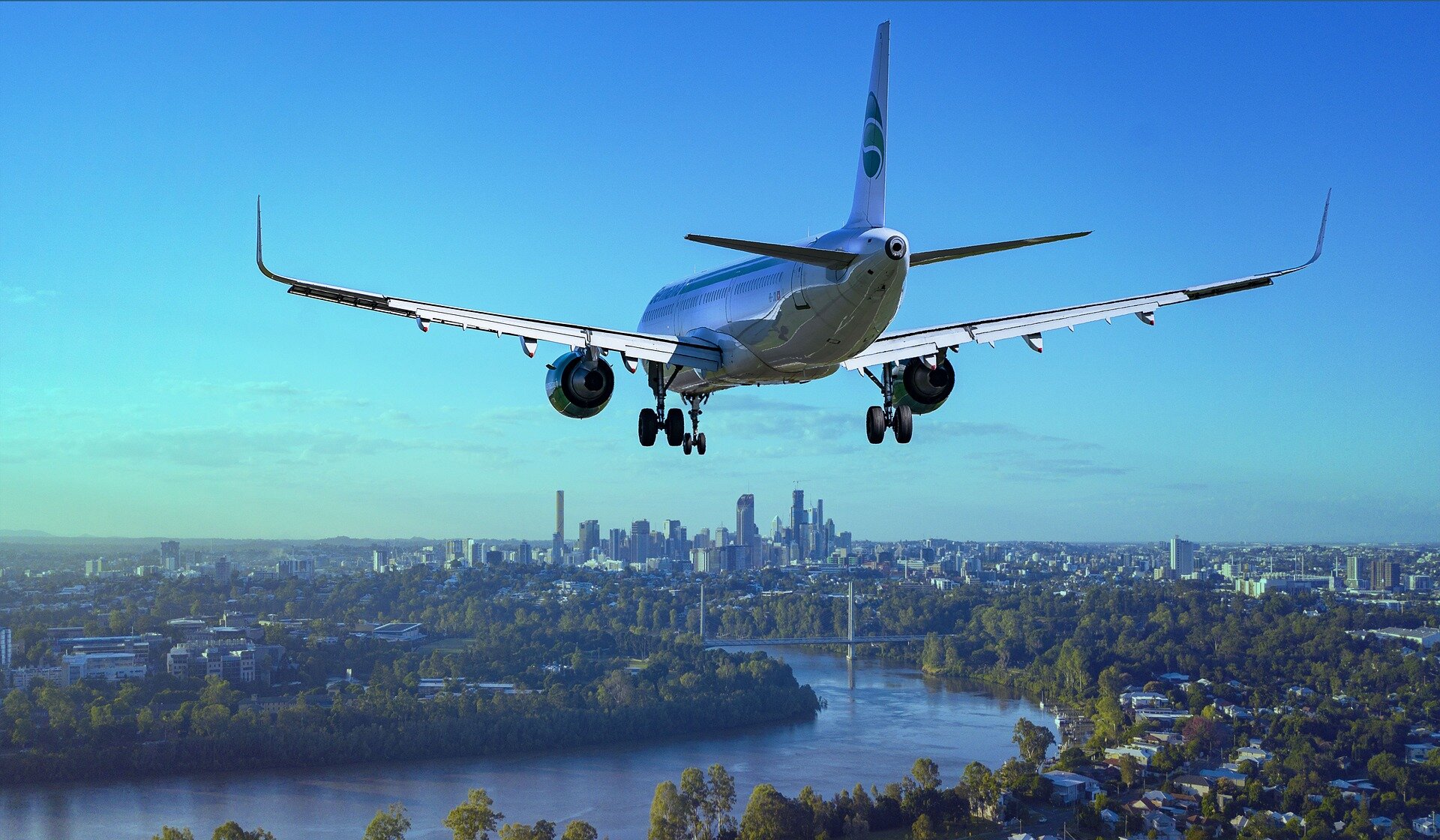Travel
Air travel may affect insulin pump delivery in people with type 1 diabetes

Altitude changes during commercial flights may affect the blood glucose levels of people with type 1 diabetes who are treated with insulin pump therapy, according to new research to be presented at this year’s Annual Meeting of The European Association for the Study of Diabetes (EASD), Madrid (9-13 Sept).
“We investigated the effect atmospheric pressure changes during flight can have on insulin pumps following concerns that glucose levels may drop below the normal ranges during or immediately after flights,” explained lead author Dr. Ka Siu Fan from the Royal Surry County Hospital and University of Surrey, UK.
In the study, insulin delivery from 26 insulin pumps was tested in Europe’s largest hypobaric chamber to mimic the atmospheric changes during a normal commercial flight.
The hypobaric chamber was depressurized to 550 mmHg over a 20-minute ascent, maintained at a 30-minute cruise (mimicking an airline pressurized cabin altitude of 8,000 feet), followed by a 20-minute descent to the ground (with an ambient pressure increase to 750 mmHg).
During the simulated flights, insulin infusion was set at 0.60 units per hour to represent a rate used in adult and pediatric practice and to allow accurate measurements on multiple flights.
Insulin delivery rates and bubble formation (caused by air coming out of a solution and forming bubbles when pressure decreases) were recorded by attaching infusion sets to open-ended 100 microliter capillary tubes against 1mm grid paper.
Insulin infusion sets without pumps were also tested under a separate pressure protocol to simulate rapid decompression. This mimics the sudden loss of cabin pressure, which occurs in emergencies.
The researchers found that full insulin cartridges over-delivered 0.60 units of insulin over a 20-minute ascent (ambient pressure decrease) compared to ground-level performance. While this may slightly reduce blood glucose, the authors do not anticipate that this would lead to clinically significant or symptomatic hypoglycemia.
During descent (ambient pressure increase), cartridges under-delivered 0.51 units of insulin. This may lead to blood glucose being higher than usual but does not pose the same concern as the hypoglycemic effects of too much insulin.
Strikingly, rapid decompression resulted in fluid delivery equivalent to 5.6 units of excess insulin. In the rare event of a sudden decompression of the cabin at altitude, an insulin overdose could cause blood sugar levels to fall to such an extent that it could cause significant hypoglycemia. However, in such emergencies—for instance when an aircraft loses a door mid-flight—there would be time to ingest extra short-acting carbohydrates to counter this.
As Dr. Fan explained, “Individuals who use insulin pumps should be aware of the potential impact of changes in the cabin air pressure on insulin delivery. The drop in cabin pressure during ascent may lead to a slight increase in insulin delivery as a result of the formation of air bubbles which displace excess insulin out of the cartridge.
“A slight reduction in insulin delivery is also possible during descent as the increasing air pressure dissolves the air bubbles, sucking insulin back into the pump. Whether these abnormalities in insulin delivery during flights cause clinical effects will depend on several factors, including an individual’s insulin sensitivity, food intake, and glycemic control.”
He cautioned, “To prevent any unintended metabolic consequences, we recommend that individuals who use insulin pumps consider temporarily disconnecting their pumps before takeoff, and removing air bubbles before reconnecting them at cruising altitude.”
Citation:
Air travel may affect insulin pump delivery in people with type 1 diabetes (2024, September 8)
retrieved 8 September 2024
from https://medicalxpress.com/news/2024-09-air-affect-insulin-delivery-people.html
This document is subject to copyright. Apart from any fair dealing for the purpose of private study or research, no
part may be reproduced without the written permission. The content is provided for information purposes only.









